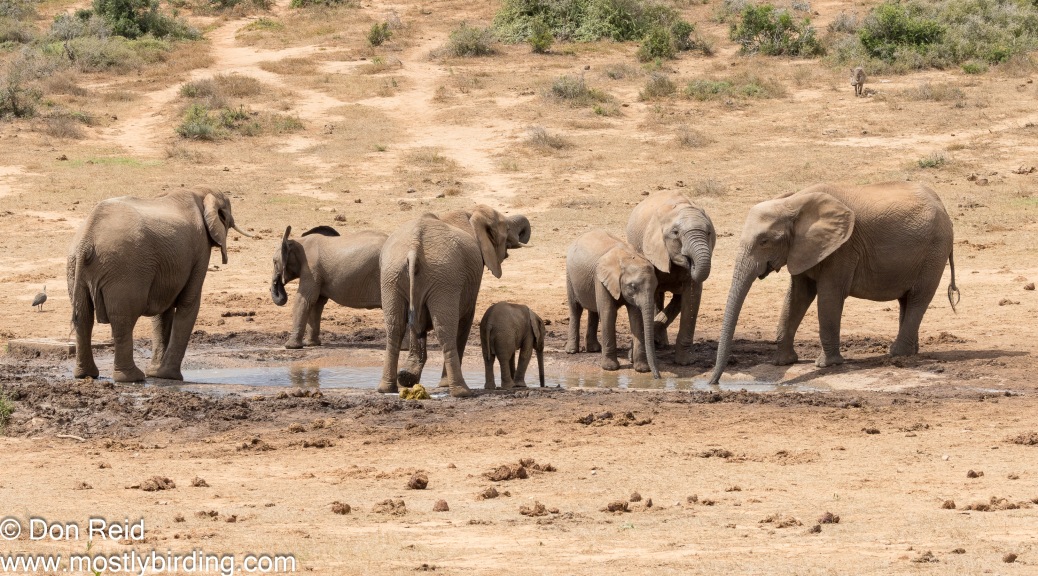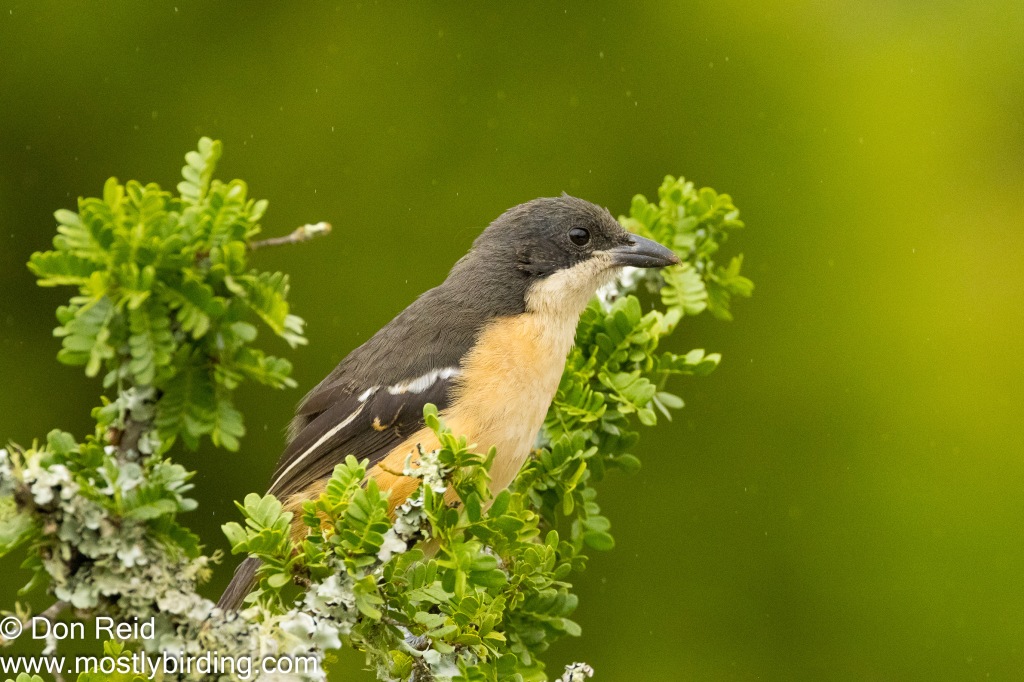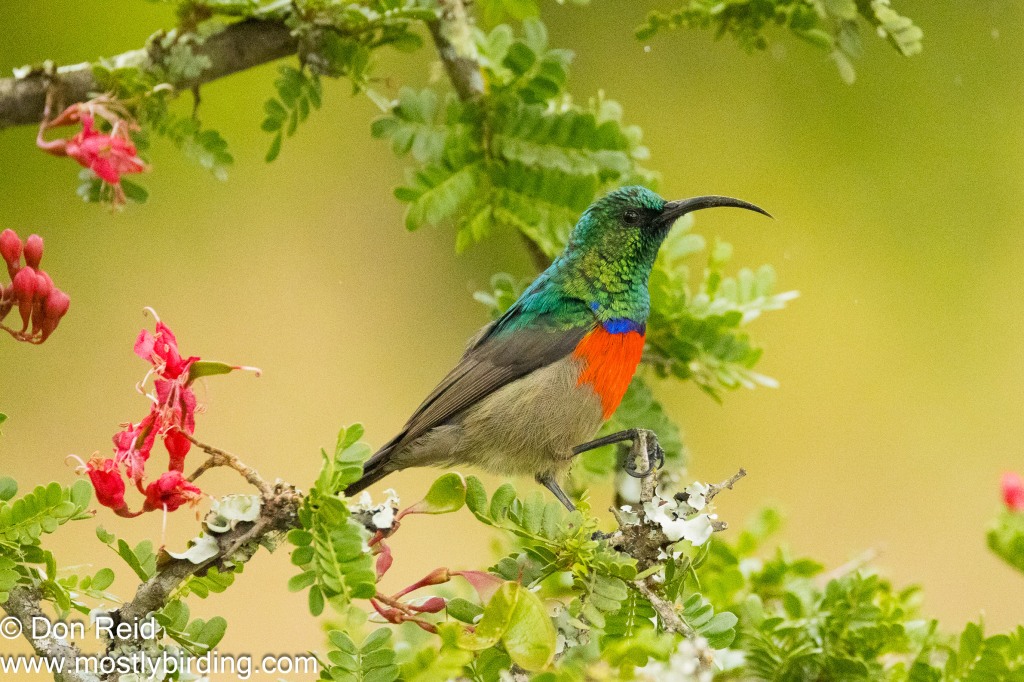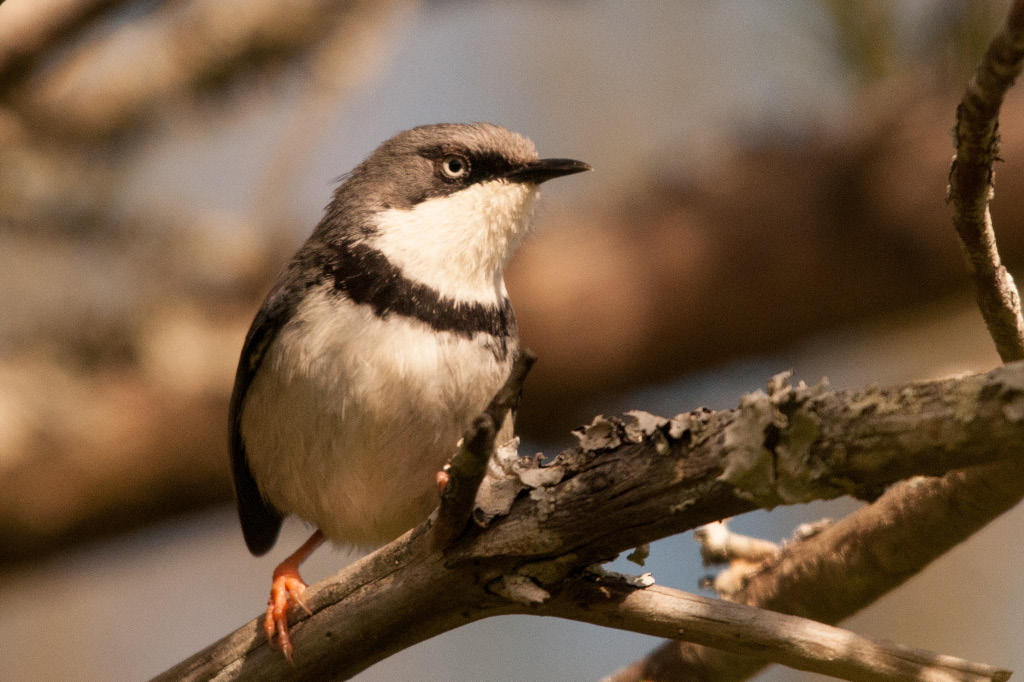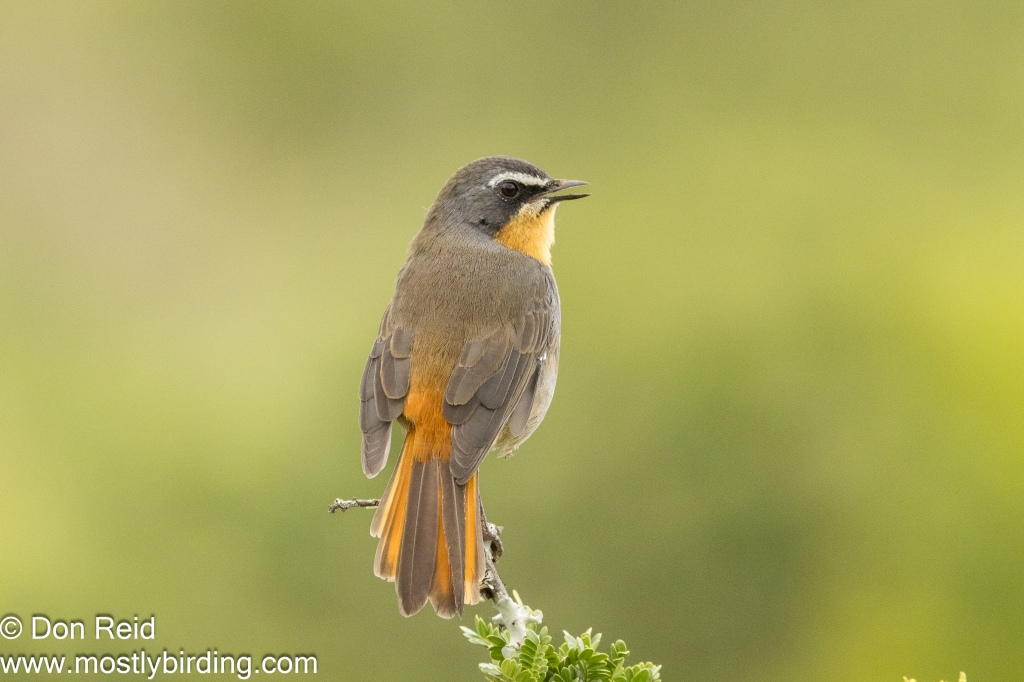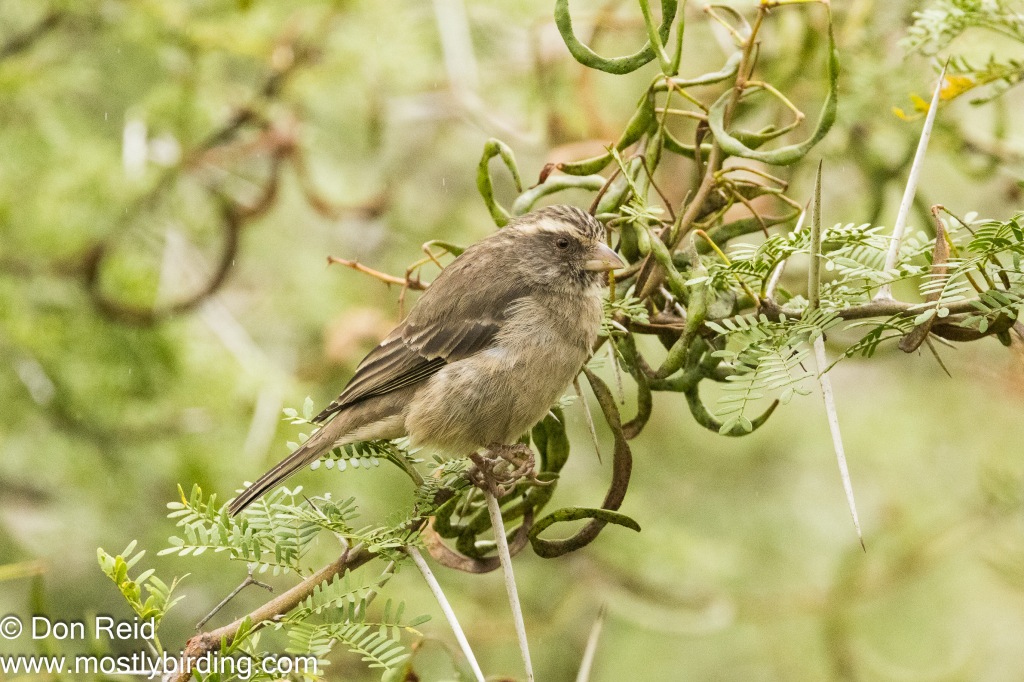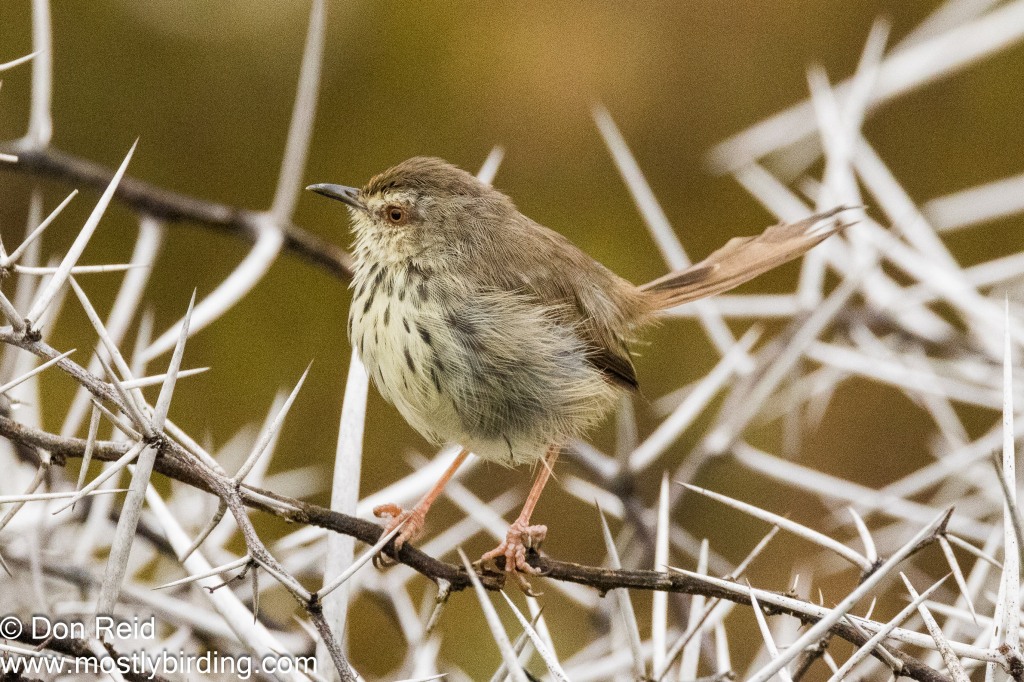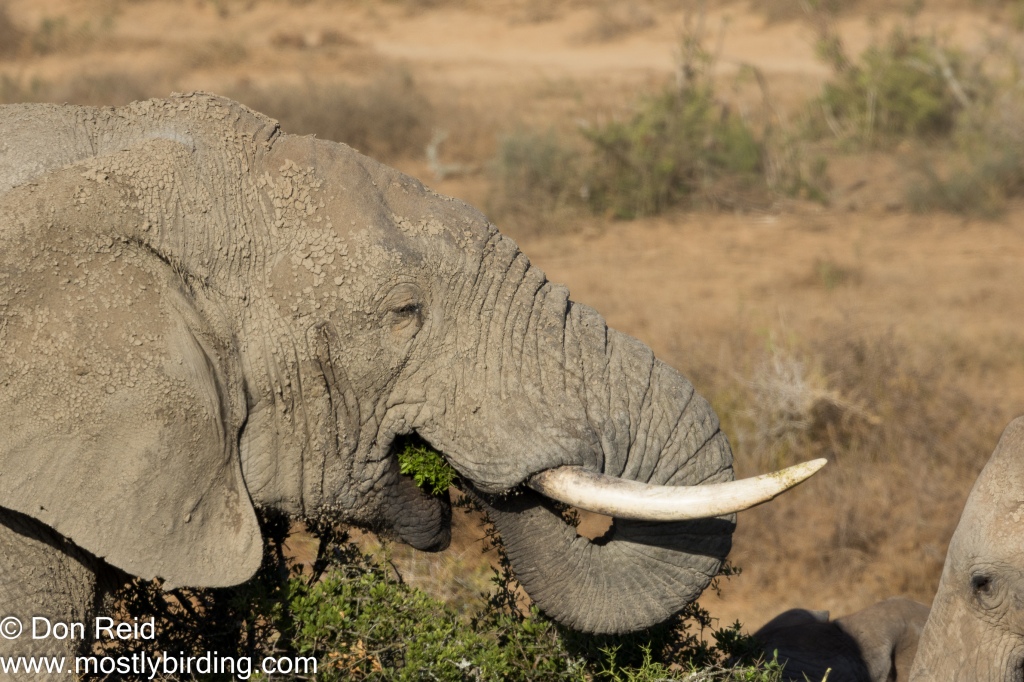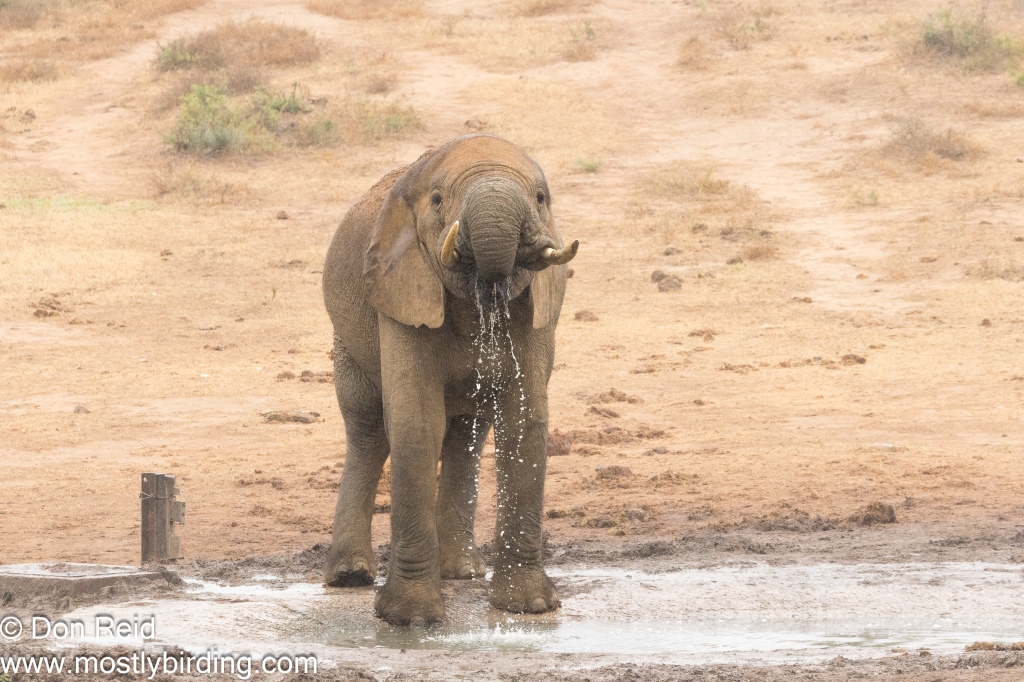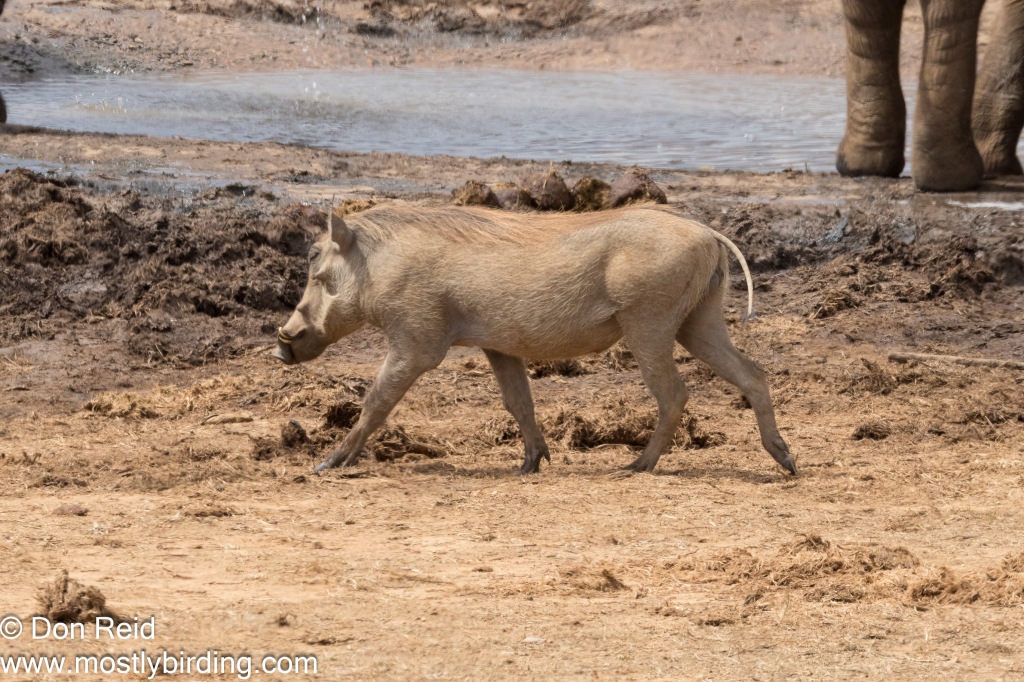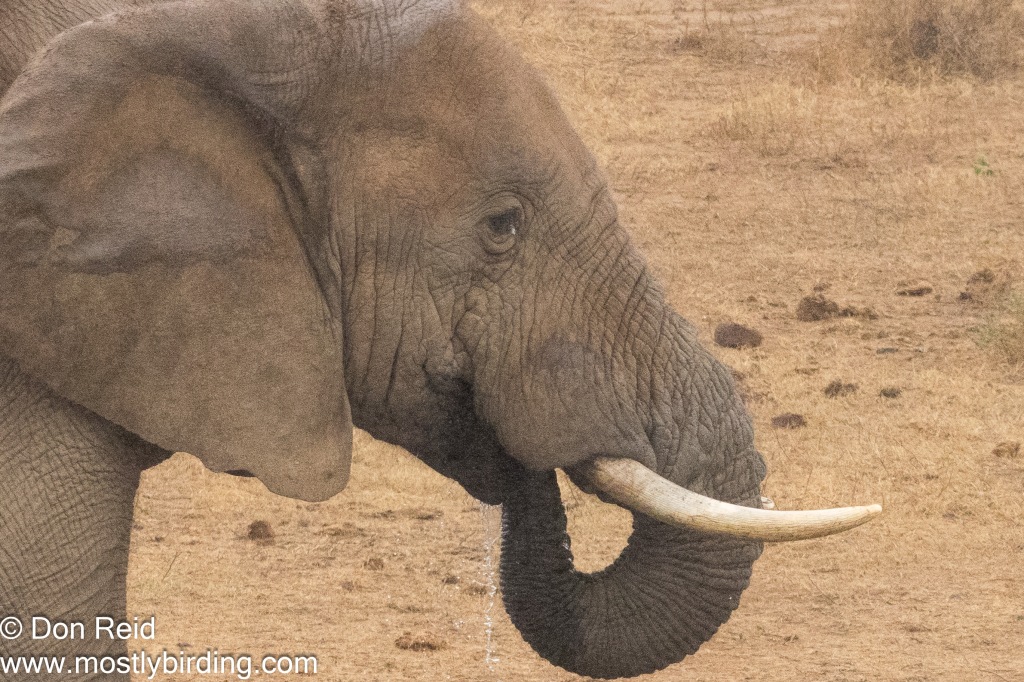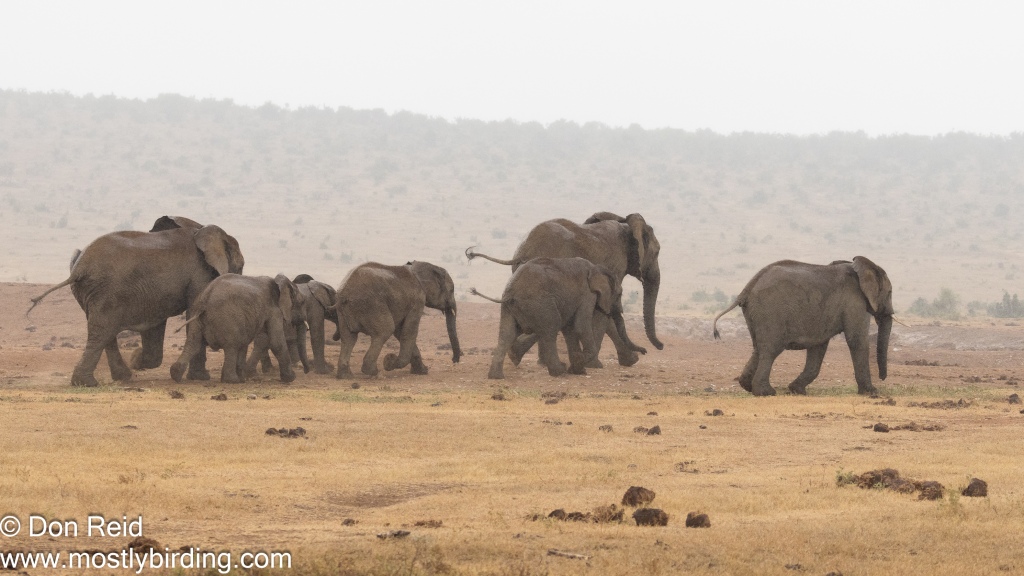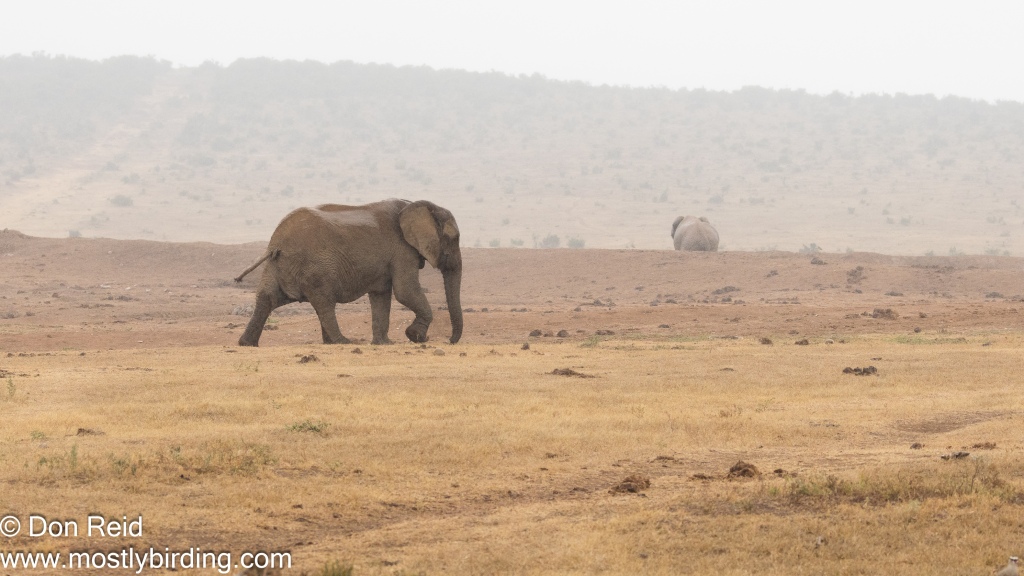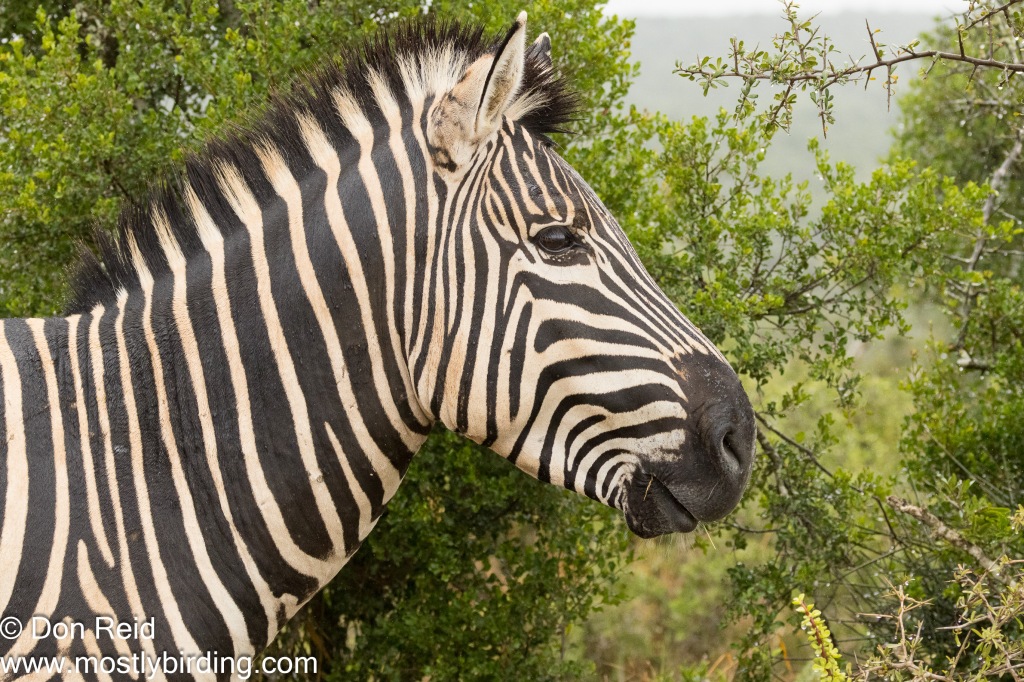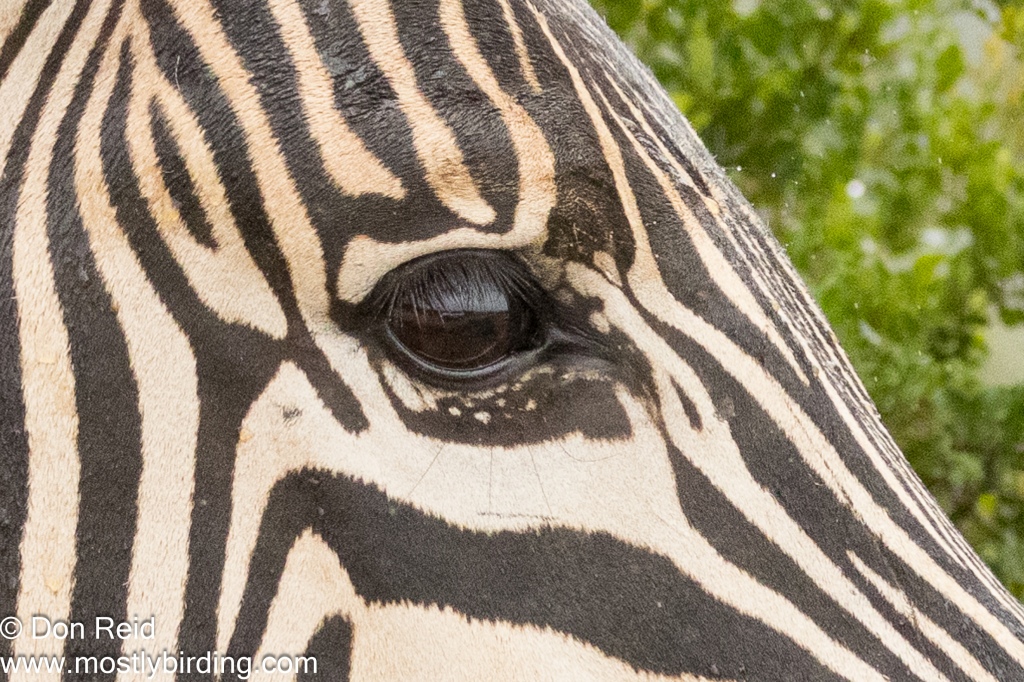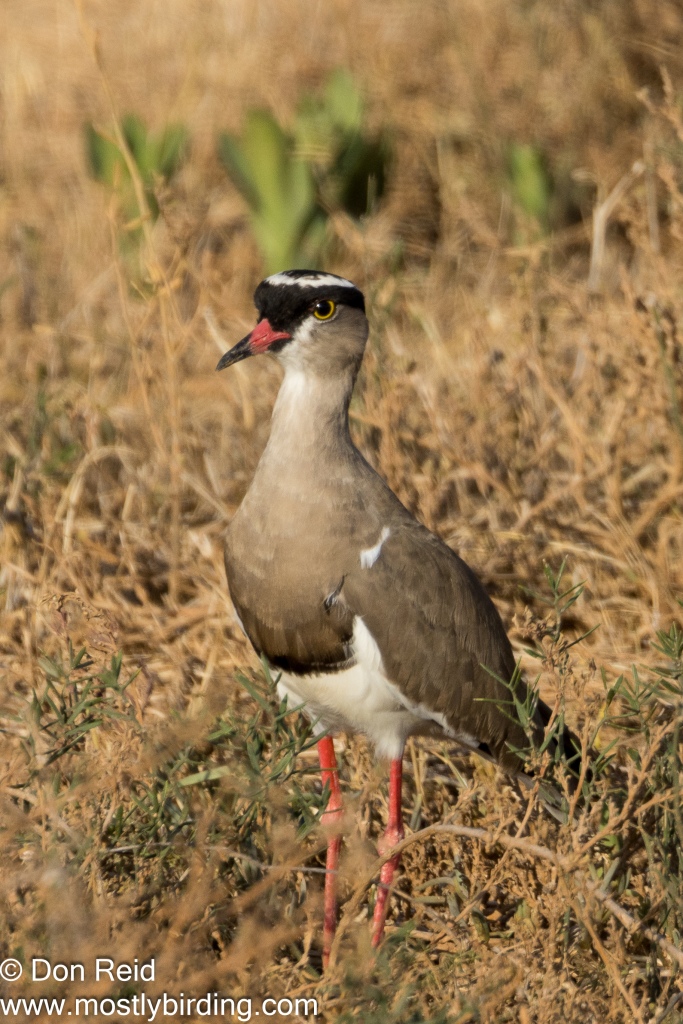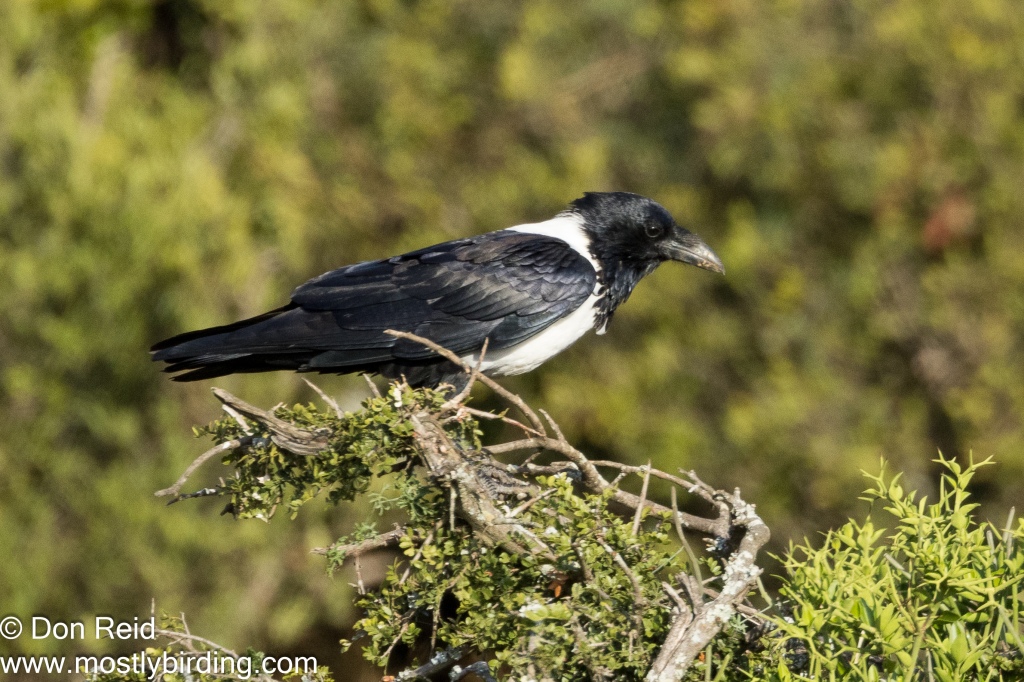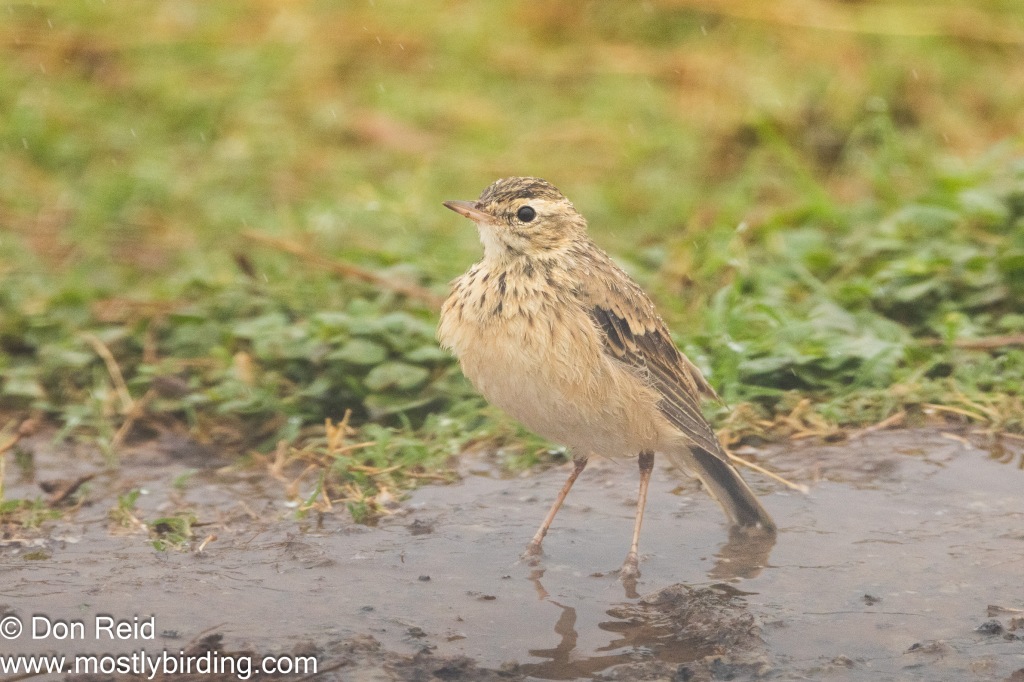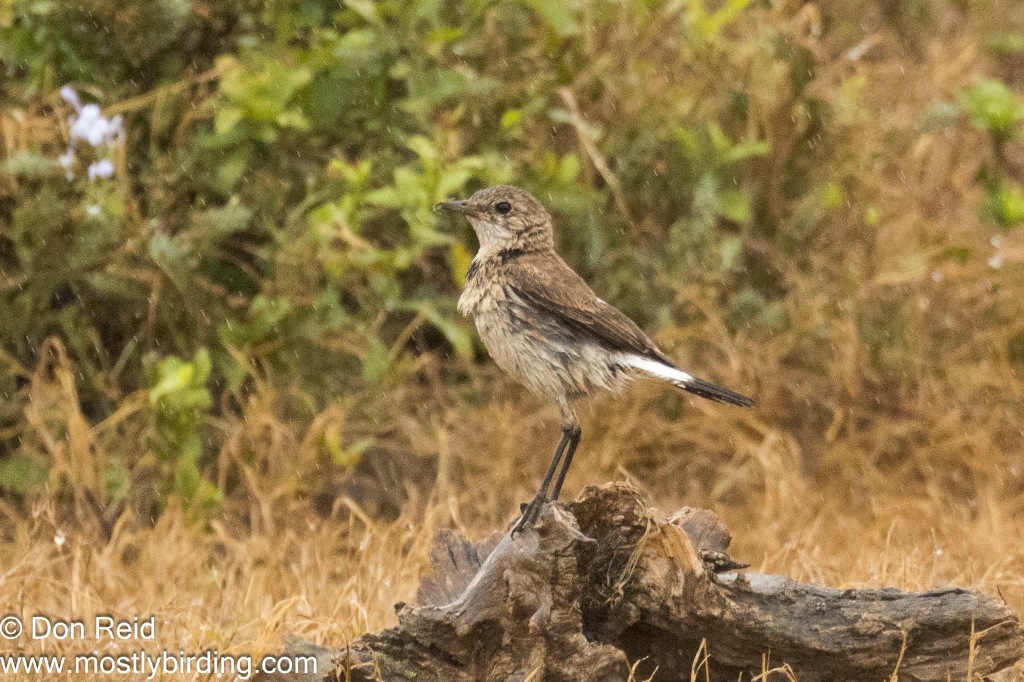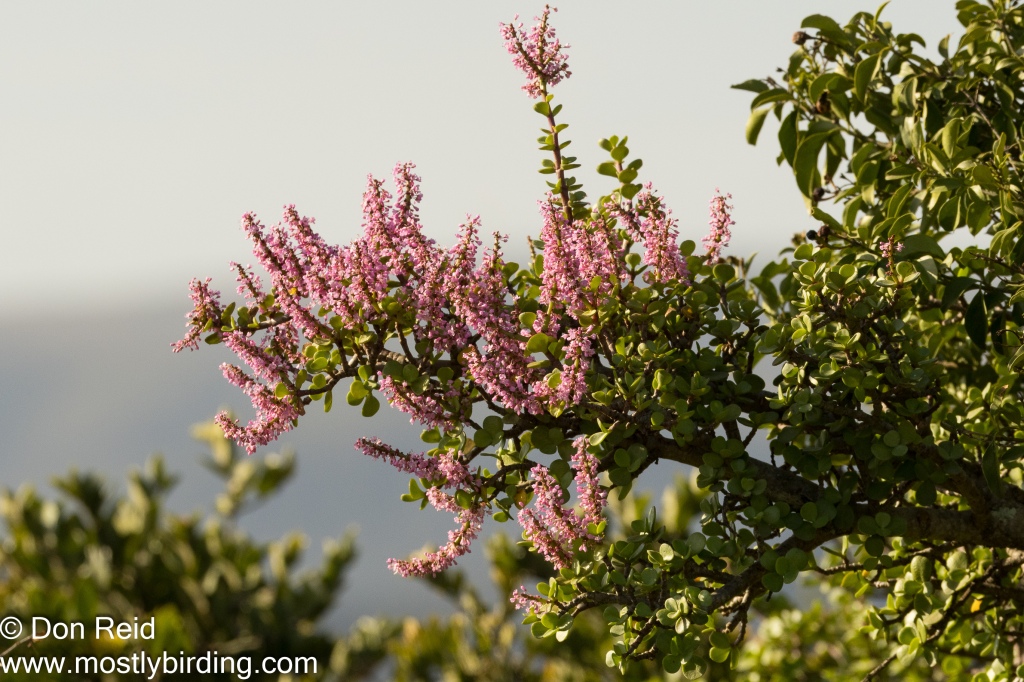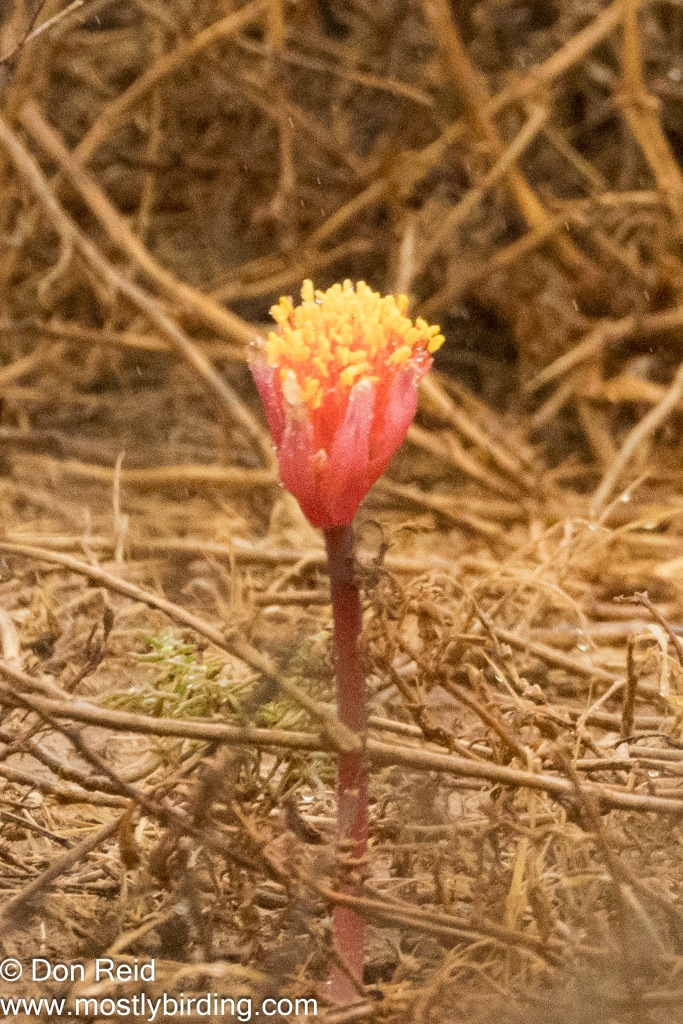The Routine
Repeated from Part 2…
We had four full days to make the most of our breakaway to this delightful park and we soon settled into a routine which we followed more or less on each of those days. Let’s just say we were out to relax as much as possible, while not missing out on what Addo has to offer.
The mornings were the most relaxed part of the day, getting up late-ish, having coffee while enjoying the birdsong and spending the rest of the morning out on the deck, then venturing out for a drive along one of the routes, usually with a light picnic lunch packed.
This took us to mid-afternoon when we would return to camp, just in time for a rest (I told you we were out to relax!). More deck sitting, followed by getting the braai fire going for the evening meal to round out the day.
Day 3 and 4 Highlights
The Drives
On Day three we followed a similar pattern to the first two days, starting with coffee and rusks and spending most of the morning chilling on the deck or inside when light intermittent rain began to fall
Once again we made our way to Jack’s Picnic spot, this time taking the Rooidam road for a bit of variety. We prepared a picnic lunch of cheese and biscuits plus fruit and yoghurt to enjoy in one of the secluded spots.
The power was off due to loadshedding when we wanted to make tea to take with us, but fortunately I had brought a small camping gas burner and a kettle for just such an occasion, allowing us to boil our tea water at the picnic spot – not sure why but this simple act is a highlight of the day for me.
Along the way we enjoyed watching groups of elephants interacting at the waterholes – such as this ‘mother and child’ scenario – what wonderful creatures to observe!
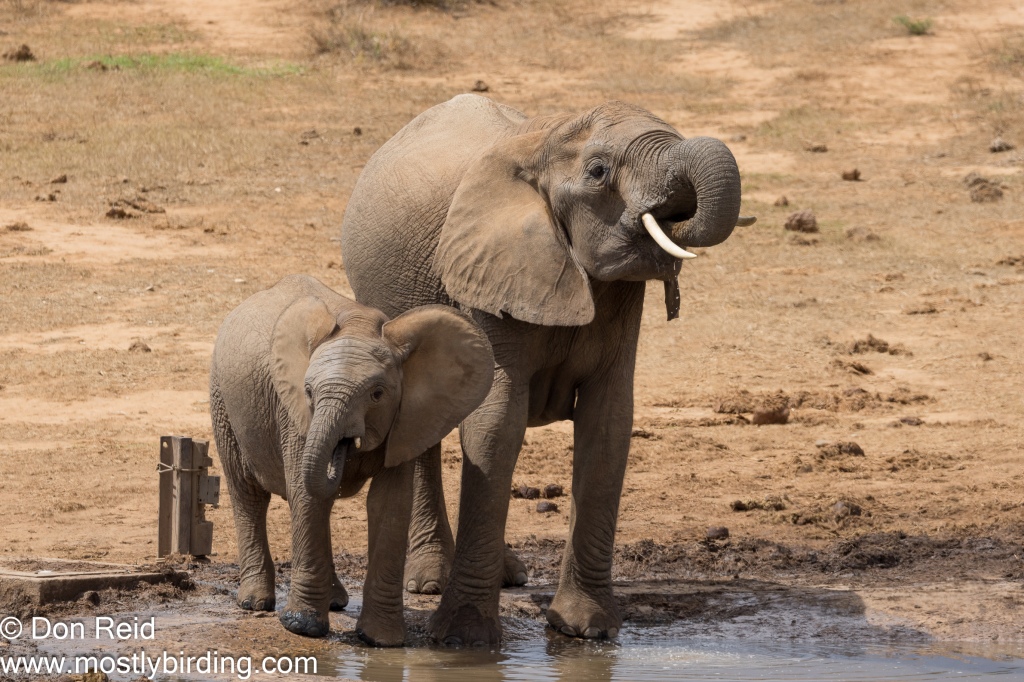
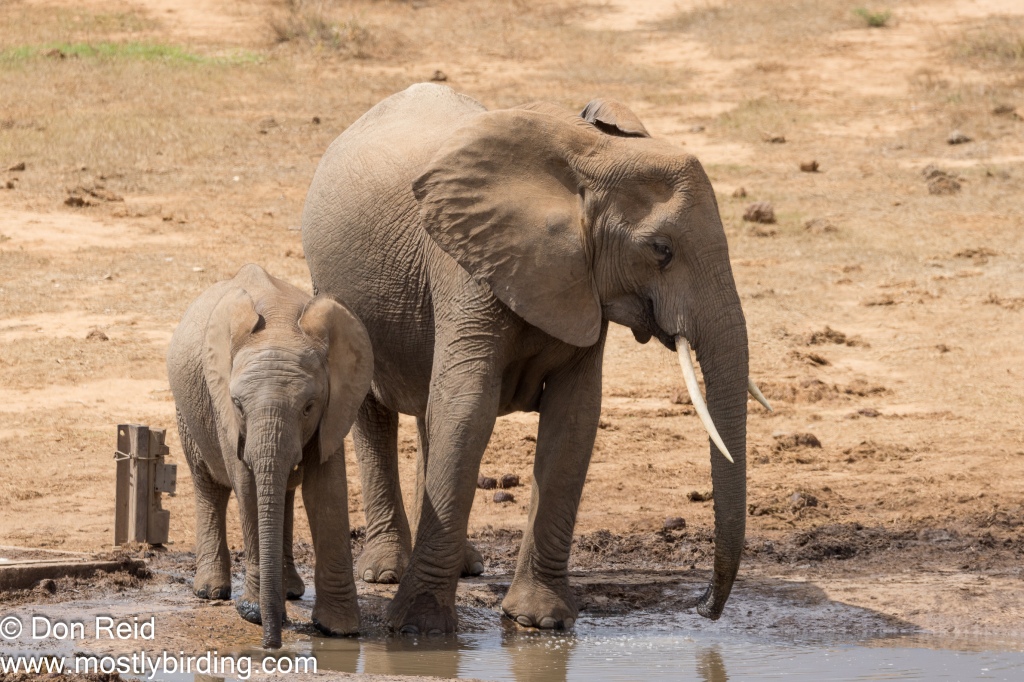
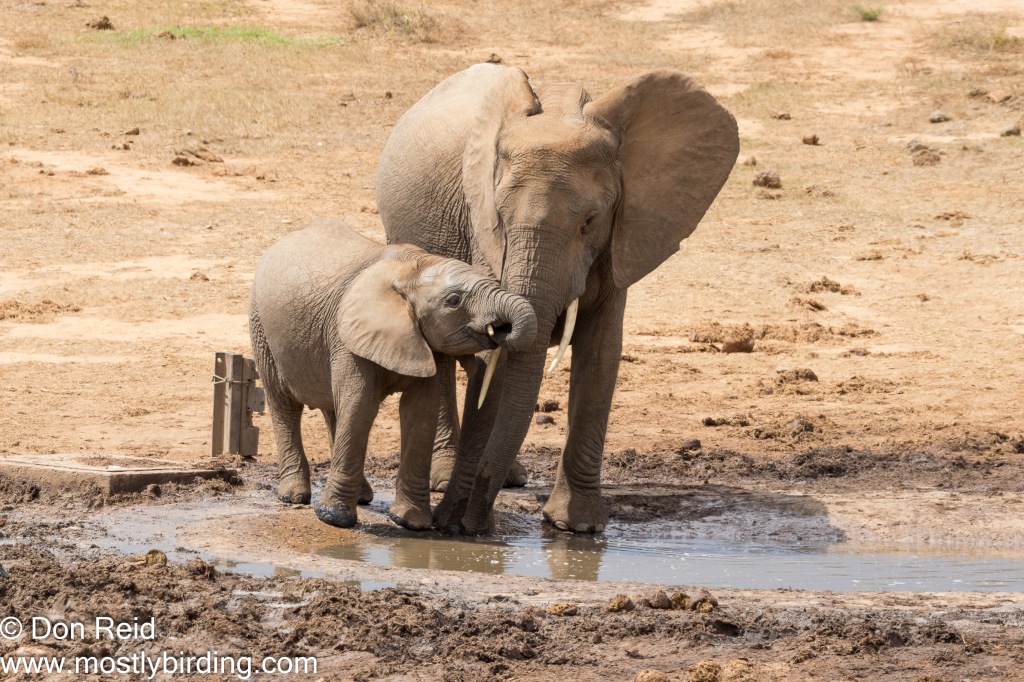
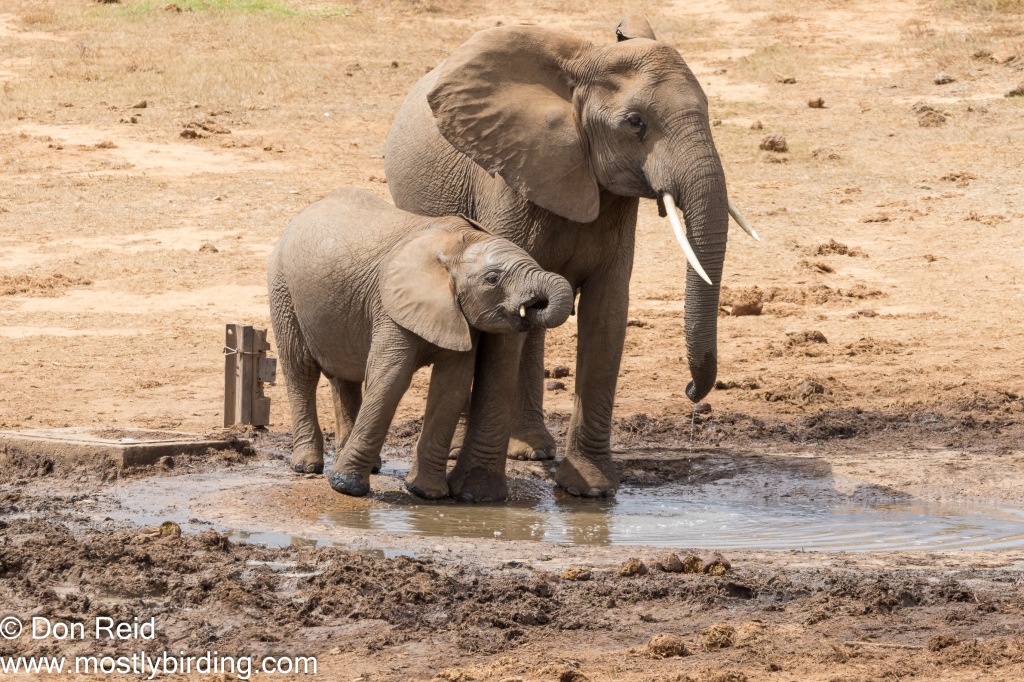
Best animal sighting of the day, apart from the ubiquitous elephants, was a lone Black-backed Jackal walking across the open flats at the Hapoor dam – handsome in its coat of black, white and rust, with its distinctive black bushy tail.
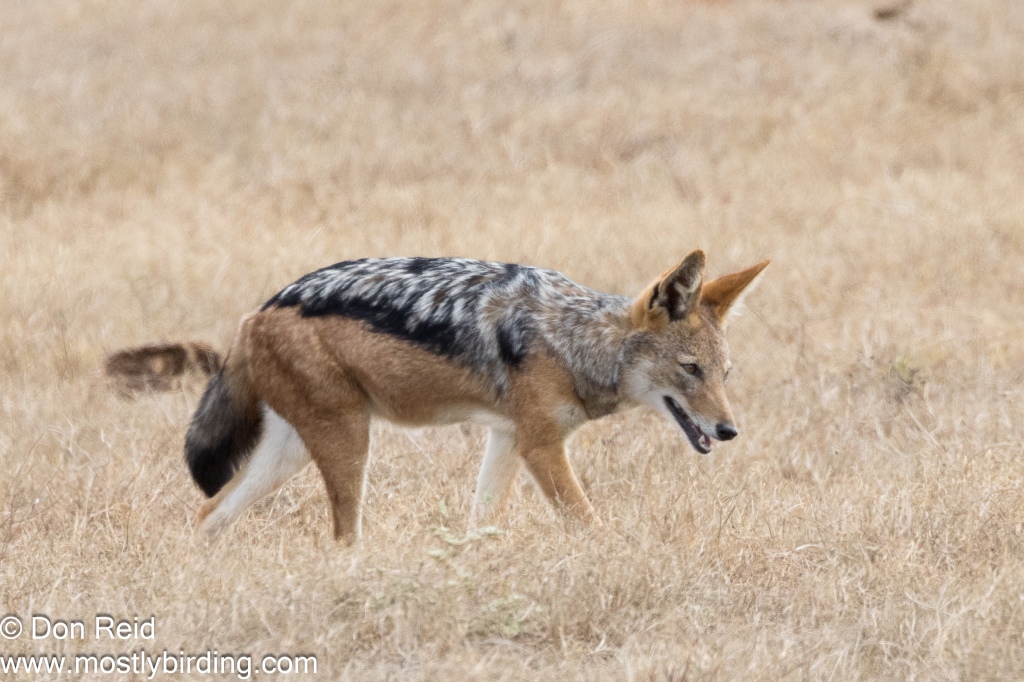
At the picnic site a few birds came to inspect and see if we had dropped any crumbs –
- Red-necked Spurfowl
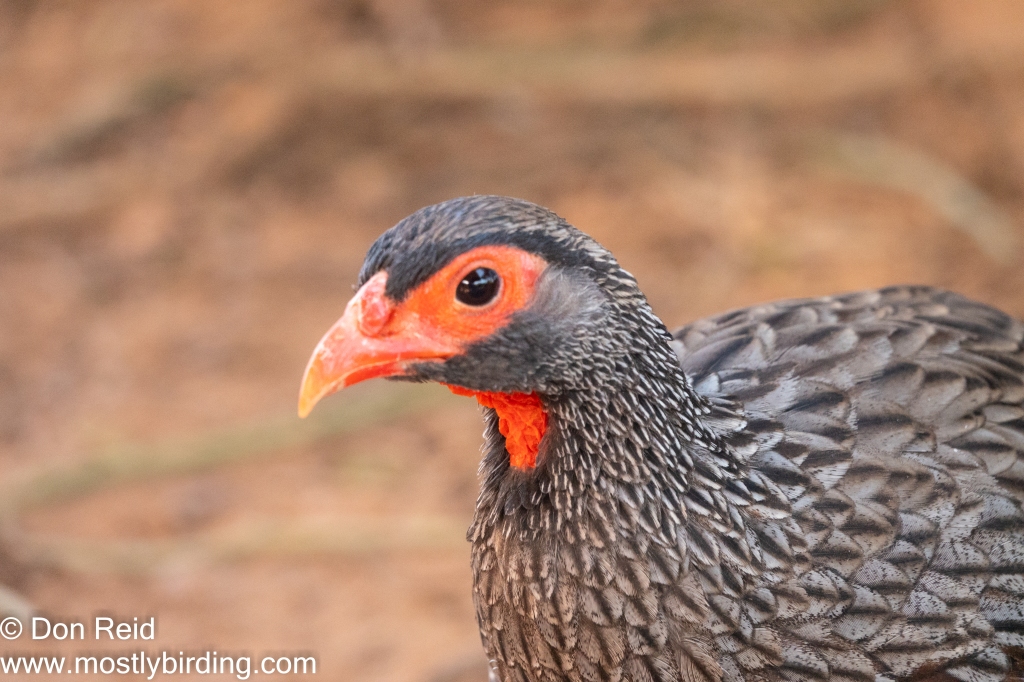
- Sombre Greenbul
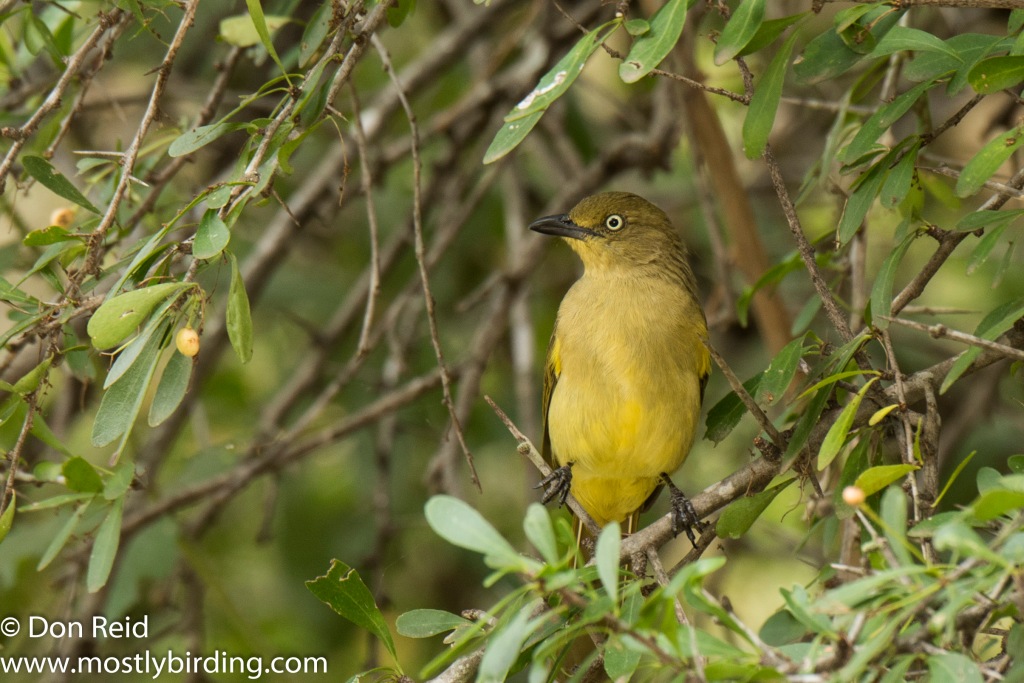
Day four was our last day and it was a hot one – the forecast said it would rise to 39 deg C by lunchtime and indeed it did
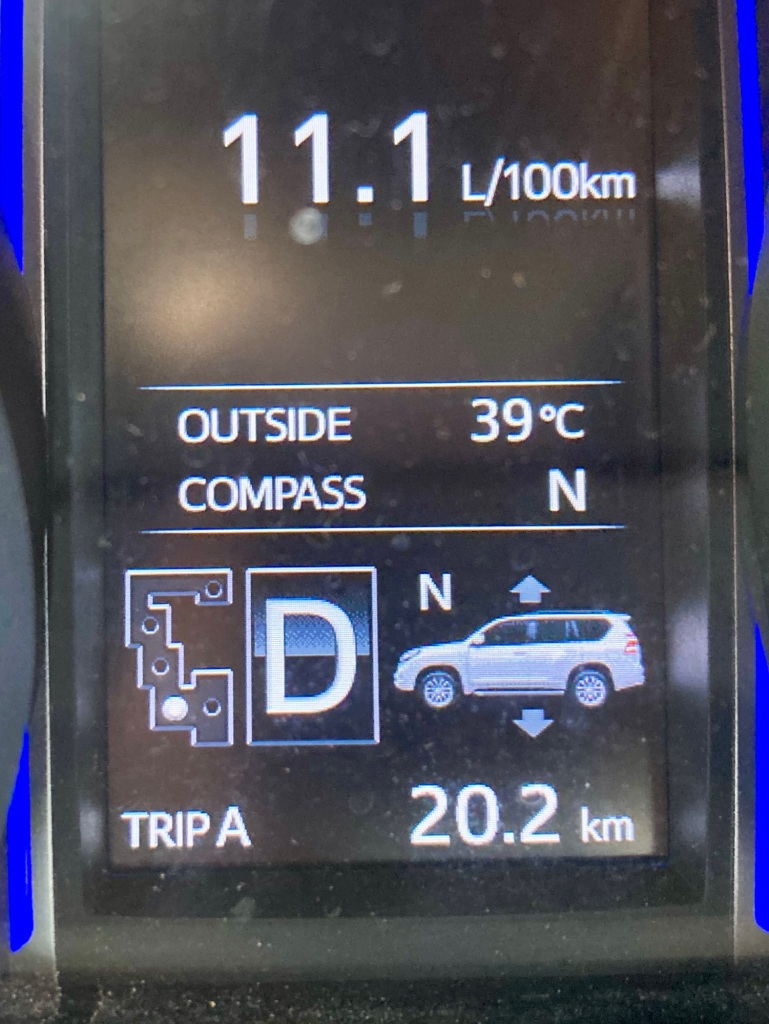
Much like the first three days, we hung around our chalet during the morning, mostly inside to avoid the baking heat outside, enjoying a krummelpap brekkie and late morning tea with fruit salad before venturing out into the hot midday sun. We followed a new route which included the loops on the far western side of Addo
It was comfortable for us in our air-conditioned vehicle, even with the windows open, but less so for the animals and birds which were visibly affected by the extreme heat.
We came across fewer elephants in the open plains area to the west, but found a large mixed herd at the waterhole when we were on the way back. The elephants didn’t seem to wander too far from the waterhole which seemed completely overcrowded, yet the ellies displayed great patience in letting all have a chance to drink without any commotion.
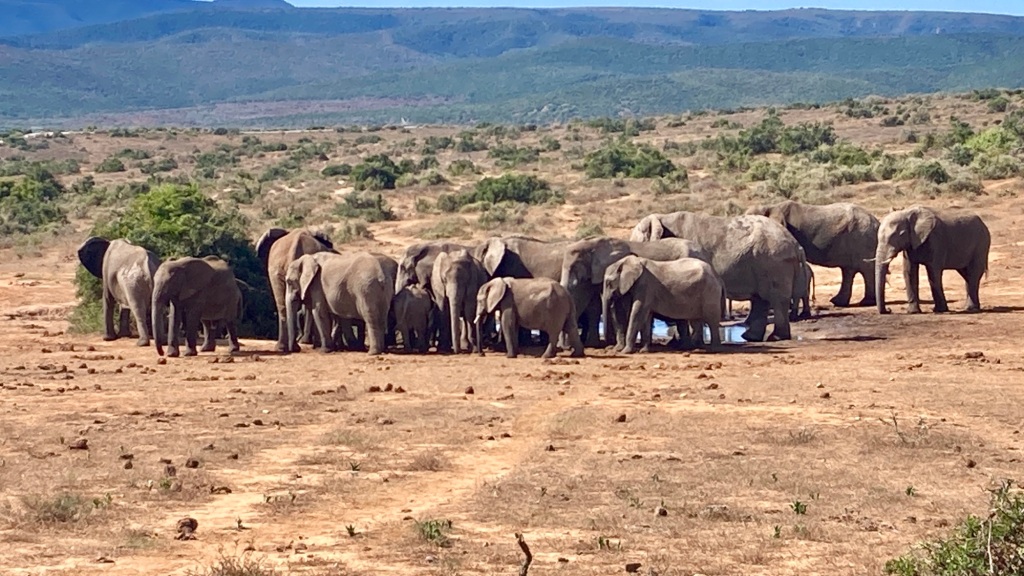
Almost all the birds we came across were ‘panting’ with beaks wide open – their way of keeping their body temperature under control.
Bird highlight of the day for us was a Denham’s Bustard not far from the road in an open area of dry grassland. As they are wont to do, it walked away when we stopped, making it difficult to get a decent photo – if only they knew how frustrating they can be!
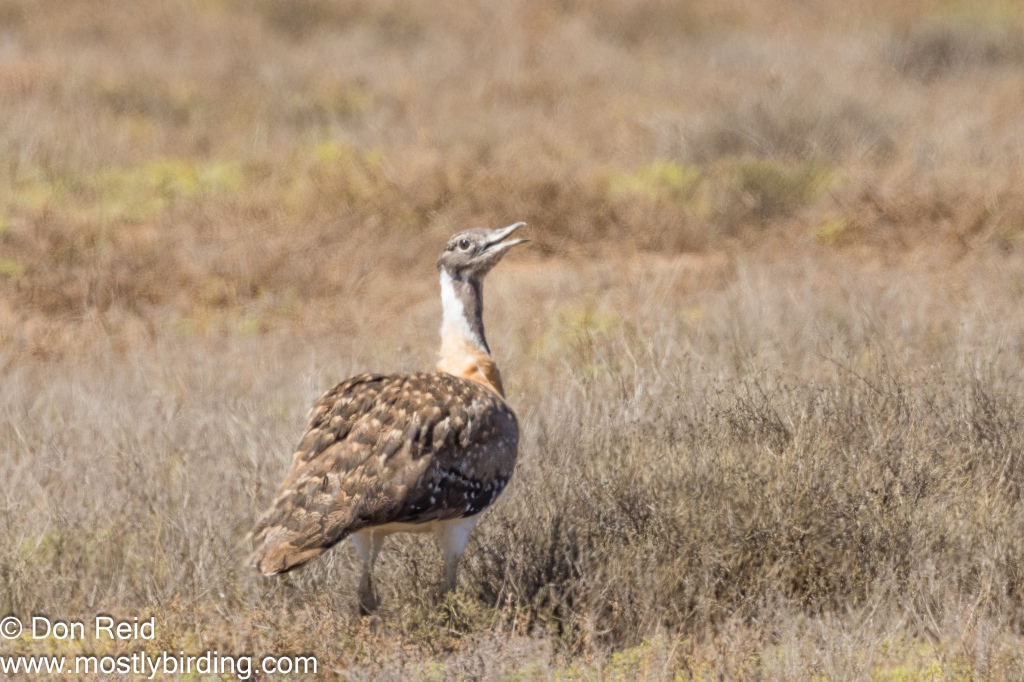
Other birds spotted :
- Grey Heron at Domkrag dam
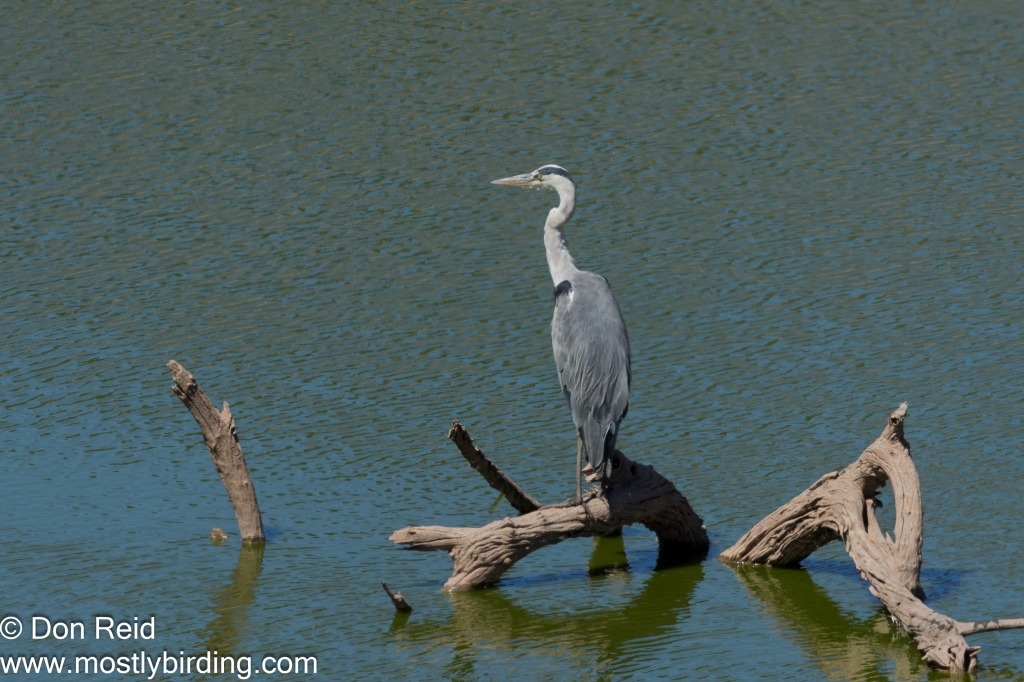
- Ant-eating Chat out on the open plains

Golden-breasted Bunting enjoying a puddle in the middle of the road
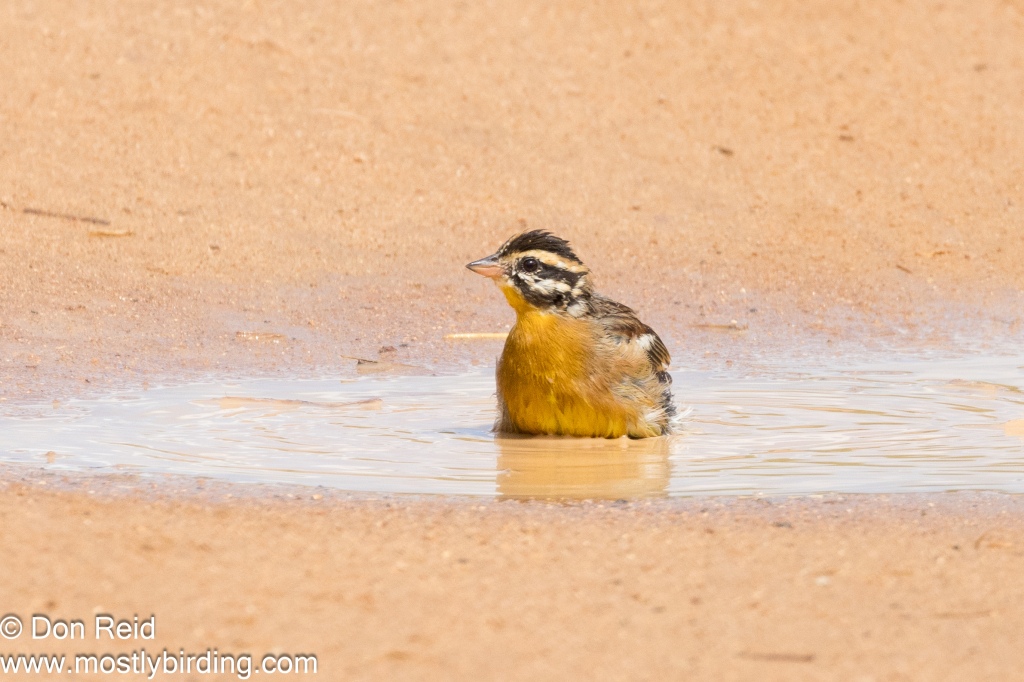
- Ostrich pair with 3 juveniles sheltering from the heat in the shade under mommy ostrich
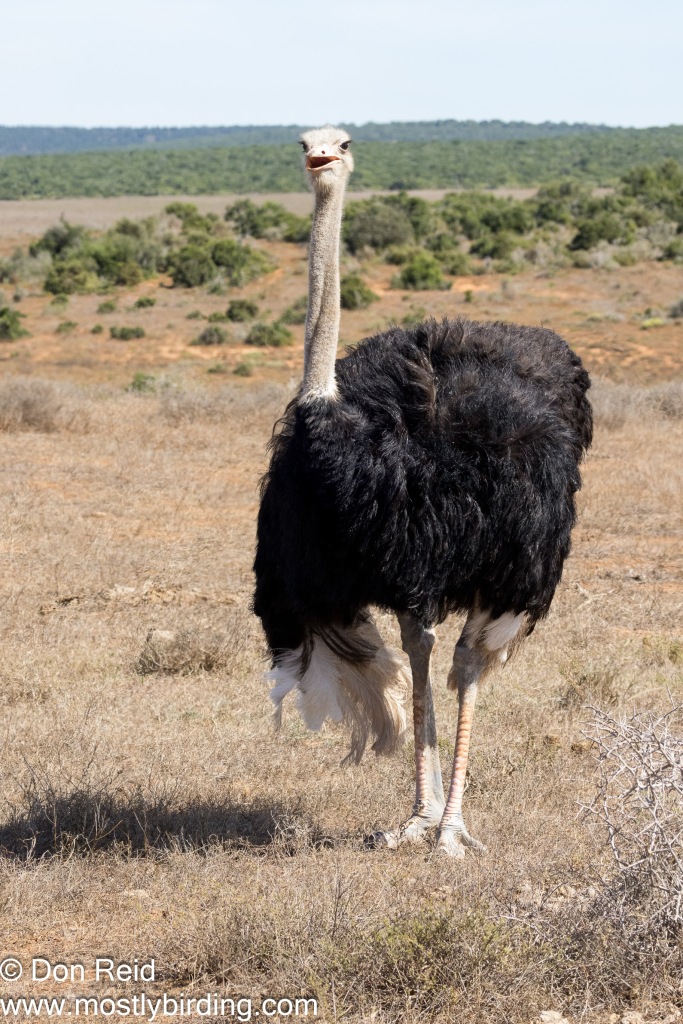
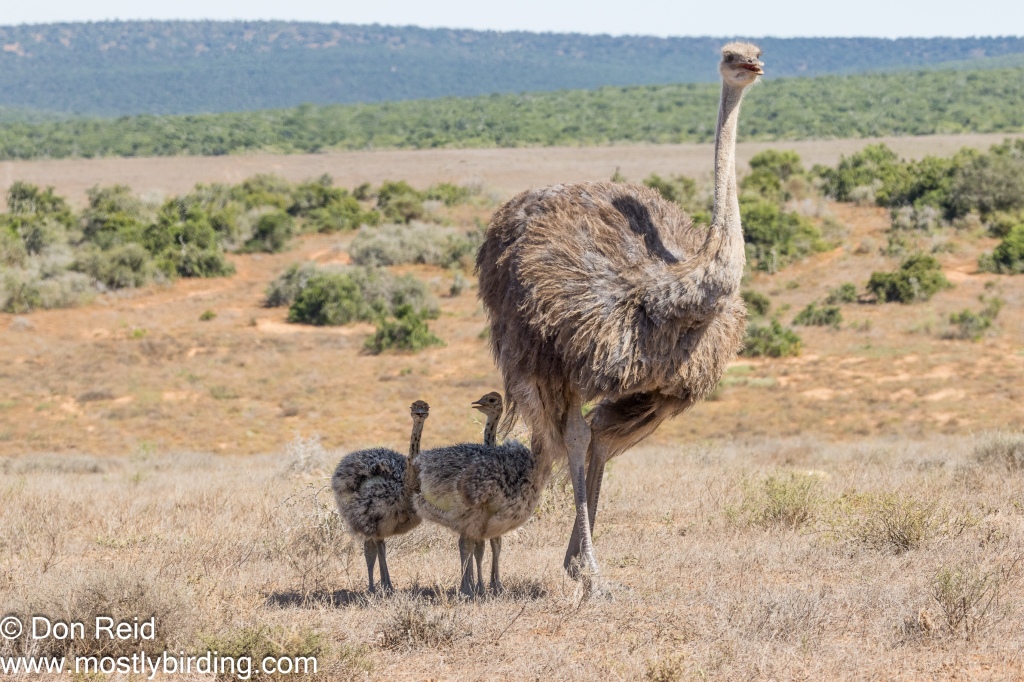
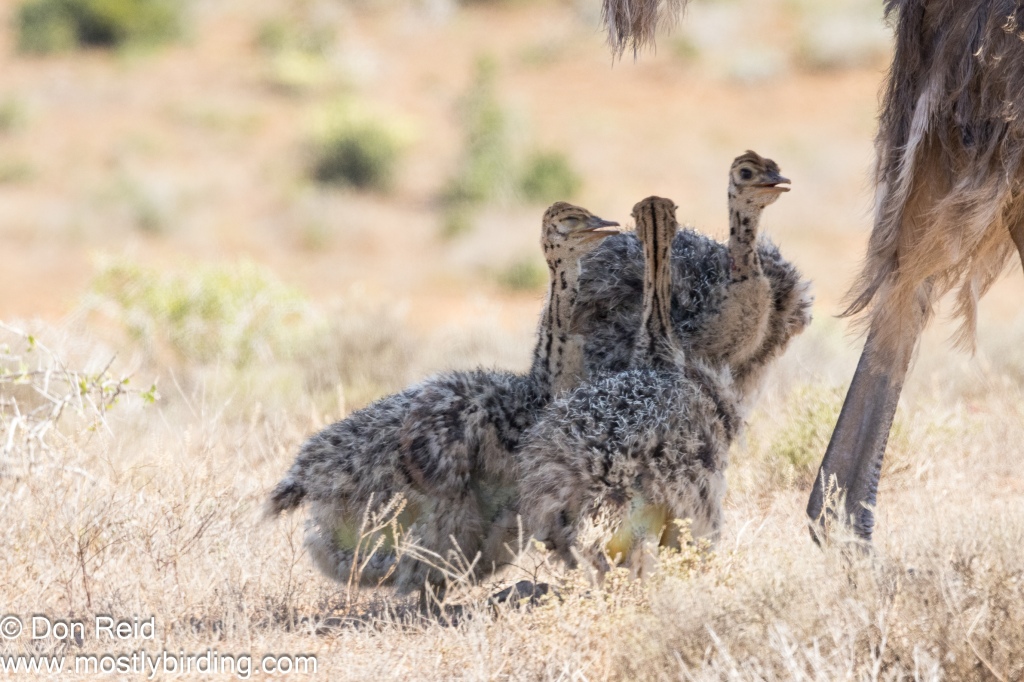
Some other wildlife sightings :
- Two antelopes not seen in the first few days – Eland and Red Hartebeest.

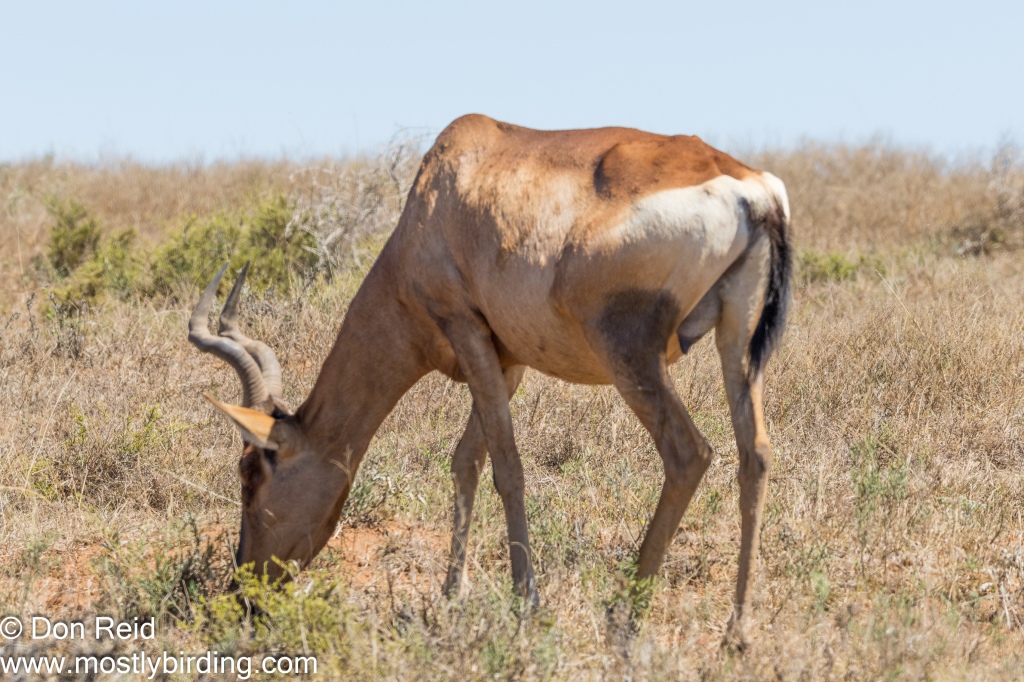
- It was unusual to see a large tortoise all alone at one waterhole, quietly quenching its thirst
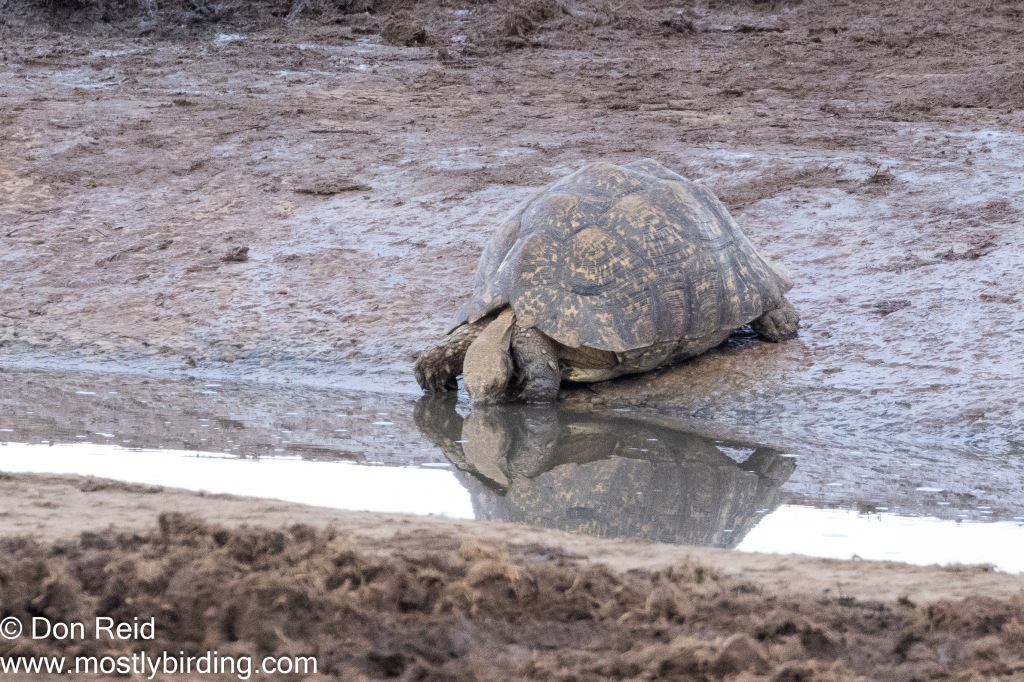
All in all a worthwhile and interesting drive of a couple of hours, despite the extreme heat
After a restful period at the chalet and a swim in the pool nearby, we visited the Discovery Trail near our chalet and enjoyed matching the nameplates placed at intervals along the boardwalk with their respective trees and bushes.
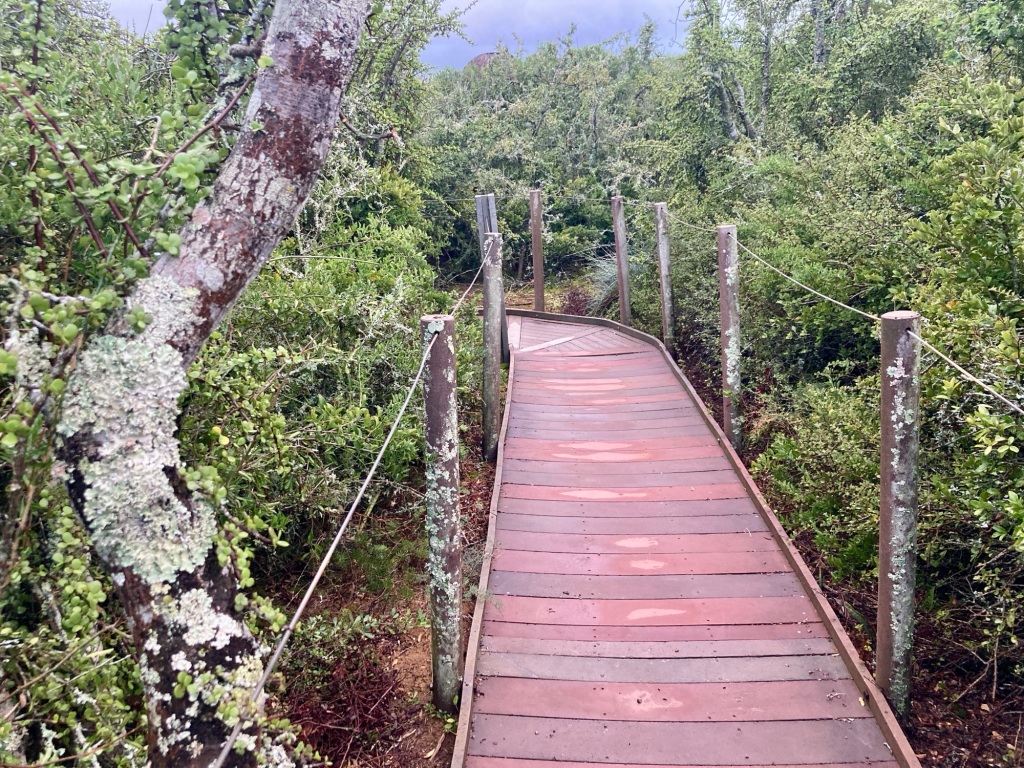
It was nice to find a Flightless Dung Beetle next to the pathway. This must be one of the few beetles in the world that features on warning signs advising drivers to keep a look out for them and avoid driving over them.
They are quite vulnerable in Addo when the roads are busy and the beetles are out foraging elephant dung, which they carefully roll into a ball and propel with their hind legs, often crossing the road very slowly in the process.
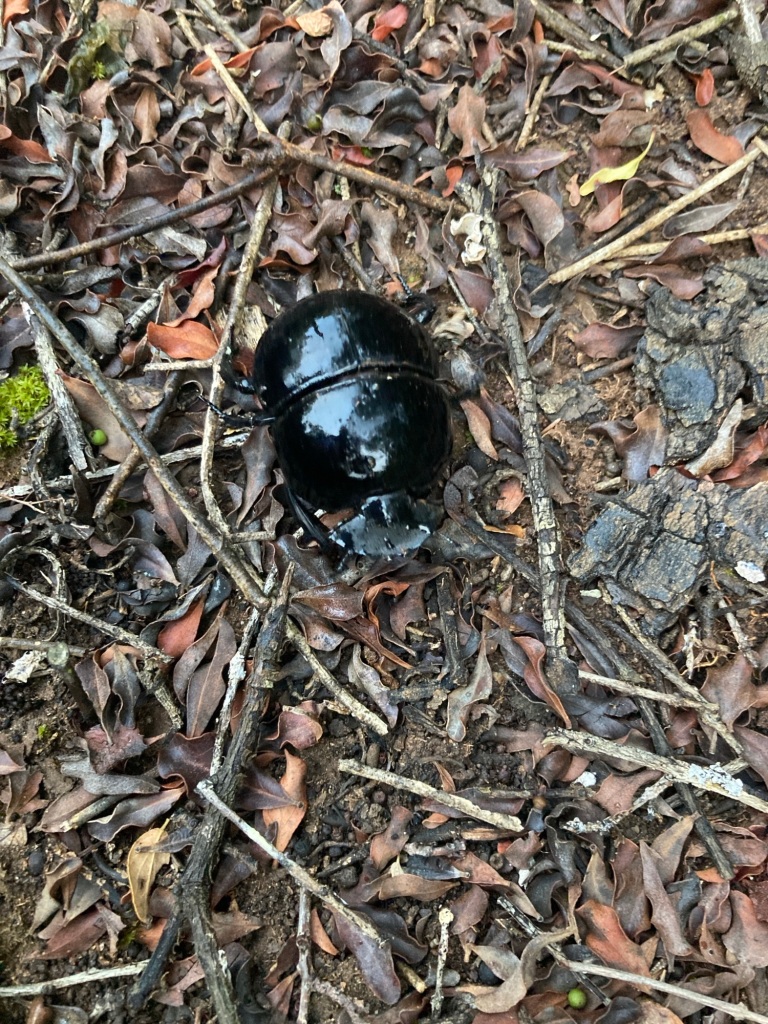
Back at the chalet we heated up the ribs we braaied last night and enjoyed a last Addo supper with salads, somewhat sad that our stay had come to an end
